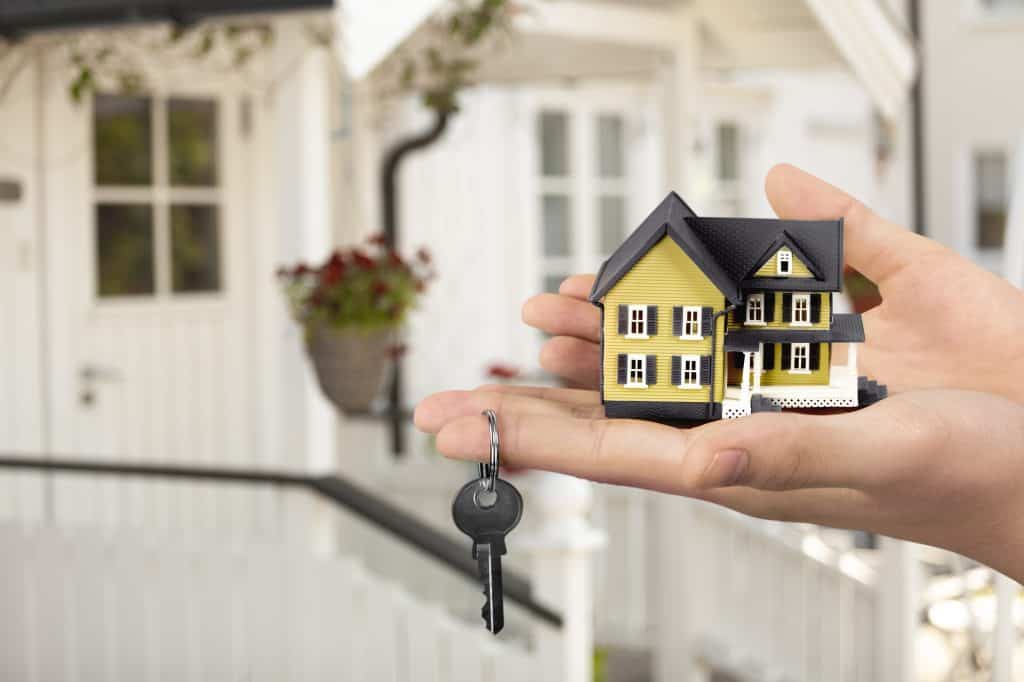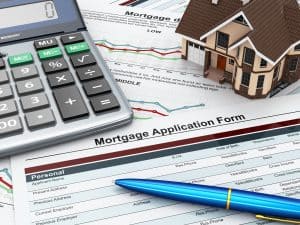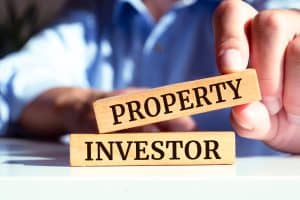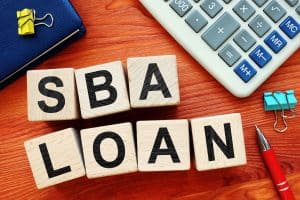How Do Non-Owner-Occupied Mortgages Work?

Non-occupied-owner mortgages are mortgages for investment properties, with different considerations from a loan used to buy your personal home.
 Getting a mortgage on a rental property is, in some ways, not that different from a primary residence mortgage, but the differences that do exist can be significant. These include higher interest rates, shorter loan terms, and larger required down payments.
Getting a mortgage on a rental property is, in some ways, not that different from a primary residence mortgage, but the differences that do exist can be significant. These include higher interest rates, shorter loan terms, and larger required down payments.
A non-owner-occupied mortgage is also called an investment property mortgage or a rental mortgage. The mortgage is intended for residential properties with one to four units, and it’s a specific loan product for borrowers not intending to live in a property.
If you’re a real estate investor not planning to use your property as a primary residence, you’ll get a non-owner-occupied mortgage.
If you’re an investor who wants to buy a more expensive property, like an apartment building, this isn’t the right type of mortgage in that scenario.  These loans have a higher interest rate than a traditional mortgage because the lenders see an investor as having a higher risk of default. The lender sees it as a generally riskier type of financing to extend. Lenders might also want a larger down payment for this reason—it protects against the higher risk level of properties not occupied by the owner.
These loans have a higher interest rate than a traditional mortgage because the lenders see an investor as having a higher risk of default. The lender sees it as a generally riskier type of financing to extend. Lenders might also want a larger down payment for this reason—it protects against the higher risk level of properties not occupied by the owner.
Along with the higher interest rates, if you’re applying for a rental property mortgage, you will see these loans have shorter terms. When you buy a home you plan to personally live in, you might have a 30-year term on your loan, and your terms with a non-owner-occupied mortgage will be much shorter.
Your down payment requirement will usually be 20-30% as well.
Most of these loans are adjustable-rate mortgages (ARMs), potentially costing you much more if interest rates increase.
A lender will require a higher credit score and expect that you have at least a 620 FICO score in most cases. Your lender will want you to prove that your debt-to-income ratio is manageable, and you’ll need cash reserves that will cover vacancy rates or unexpected costs that might come up.
So what are the alternatives if you want to invest in real estate but don’t like the idea of a non-owner-occupied mortgage?
One option is to live in one of the units on the property you plan to buy. This makes it easy for you to maintain the property, plus you can pay off your mortgage faster on the home where you live if you use this strategy.
There are also FHA loans for investors considering buying owner-occupied multi-family homes with up to four units. If you meet the one-year owner-occupancy requirement from the FHA and this is the type of loan you have, you can then rent out your unit and move somewhere else.
Additionally, you could lease your current main home or make it a second home and still be able to satisfy the occupancy rules set by the FHA.
 By contrast, if you already have a demonstrated track record in real estate investing, another option is a Small Business Administration (SBA) loan. Loans are available for landlords who want to turn investing in real estate into a career. The SBA loan application focuses on your business plans and track record more so than your credit score and DTI ratio, but these factors are also considered.
By contrast, if you already have a demonstrated track record in real estate investing, another option is a Small Business Administration (SBA) loan. Loans are available for landlords who want to turn investing in real estate into a career. The SBA loan application focuses on your business plans and track record more so than your credit score and DTI ratio, but these factors are also considered.
Finally, if you have a rental investment property, you likely can’t get a home equity loan or line of credit. These are only available to owner-occupied properties, but you can use your equity with a cash-out refinance on rental properties.
Overall, a non-owner-occupied mortgage is for people who want to invest in real estate, but it comes with higher costs and less favorable terms because investors are seen as higher-risk borrowers.
